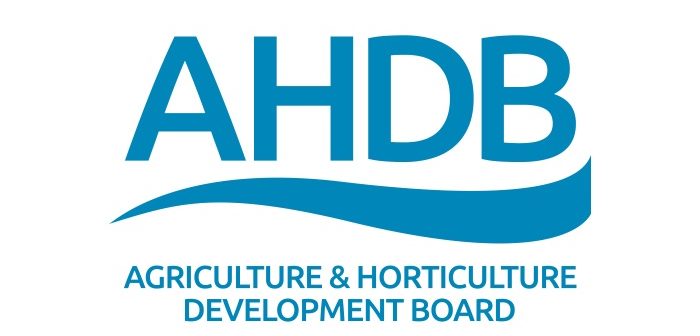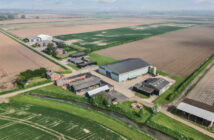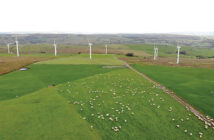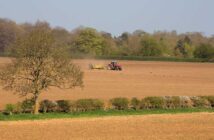AHDB is reminding farmers and growers to review their water usage and take steps to build resilience into their long-term supply, as temperatures hit record highs this week.
With just half a day without water meaning disaster for a crop of cucumbers – continuity of water supply is essential for crop growth, especially for those grown in nurseries.
Water is vital for all agricultural and horticultural sectors, with variance in the quantity and quality required, as well as different patterns in seasonal requirements.
AHDB’s survey of horticultural and potato growers indicated the value of irrigated crops ranged from £4,400 per hectare – for varieties of deep-rooted field vegetables – to more than £460,000 a hectare for some high-value glasshouse salad crops.
For livestock producers, while the quantity of water needed may be less, the quality of the water supply must be good enough and readily available for stock – everyday.
AHDB Resource Management Scientist, Nicola Dunn said: “The recent hot weather acts as a reminder of how quickly the situation can change in farming. We’d like farmers and growers to consider and plan for their long-term water supply needs.
“When water supply is plentiful, farmers and growers need the ability to store water – whether in a reservoir or a storage tank – so they can tap into alternative sources when water is low or can’t be abstracted. They also need access to technology and equipment, so water can get to crops and livestock efficiently, but it all comes at a cost and a lack of supply could be detrimental to business.”
AHDB’s Strategic Potato Farm in the East of England, has been carrying out trials to reduce water run-off and improve crop irrigation since April 2017.
Eleveden Farm Manager, Andrew Francis said: “As water becomes an increasingly scarce and costly resource we have considered a number of ways of using water more wisely on farm.
“We are looking at factors such as the minimum water required by different varieties of potatoes so we can target our use of water and we’re testing different ways to reduce water run-off with new technologies and bunds to keep valuable top soil in place. While we track this, we’re also monitoring crop yields to ensure we’re being as productive as possible.”
EU grants to support water resource management were available to help businesses increase productivity; however, the opportunity to apply for those grants closes on 29 June.
Nicola continued: “While the chance to apply for the EU grants has almost ended, producers should still be aware that Defra and the Environment Agency (EA) are moving forward with steps in the Water Abstraction Plan.
“As part of this, the EA will revoke unused licences, reduce under-used licences and adjust existing licences depending on their environmental impact. Other ongoing actions from the plan include reviewing time limited licences and there are new licence requirements if trickle irrigation techniques are used.”
AHDB Horticulture panel member, Andrew Fuller has also developed a strategic approach to his use of water at his Lincolnshire based nursery, Neame Lea.
Andrew explained: “Recent improvements to our glasshouse uses ebb and flow watering, whereby water is recirculated as plants grow – eliminating runoff.
“At the same time we make sure that all rain-water from rooves is harvested and used in crop watering. We’re aiming for rain water to provide all of our needs throughout the year – to do this; construction of suitably sized reservoirs is a key part of our future development and expansion.”
For more information on water resources planning, AHDB has sector specific information on each of the websites – search ‘water resources planning’.




